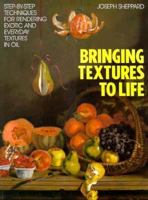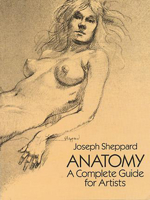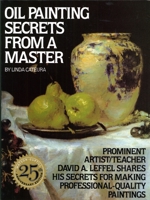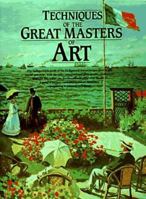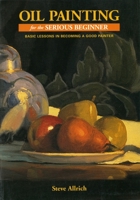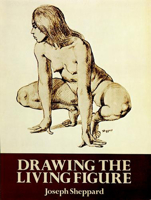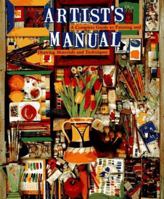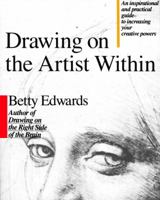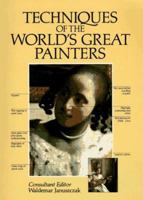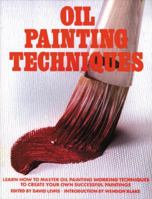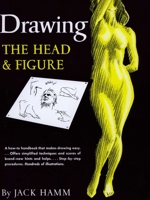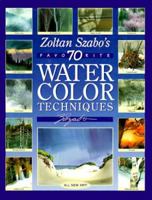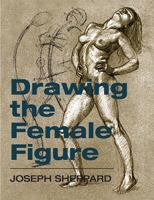How to Paint Like the Old Masters: Watson-Guptill 25th Anniversary Edition
Select Format
Select Condition 
You Might Also Enjoy
Book Overview
Generations of artists have learned from How to Paint Like the Old Masters , the classic volume that explores the techniques used by the great artists of the 16th and 17th centuries. Now Watson-Guptill proudly presents the 25th Anniversary Edition. Each chapter is devoted to a different Old Master--D rer, Titian, Veronese, Caravaggio, Vermeer, Hals, Rubens, and Rembrandt--and is divided into two sections. The first part describes the artist's techniques...
Customer Reviews
Rated 5 starsExcellent but might not be the whole story
The first thing that struck me as I browsed the book is the woeful quality of many of the images, with some being out of focus. This problem is also apparent in the other two books by Watson Guptill that I think compliment this one well. Kreutz "Problem Solving for Beginners" and Cateura "Oil Painting Secrets from a Master". If you are looking to paint in a realistic style in the vein of Caravaggio, Rembrandt etc. then you...
2Report
Rated 5 starsCritical Information for Realistic Painters
How To Paint Like The Old Masters is a must have book for any serious artist. Mr. Sheppard covers the greatest artist of all time and gives both a verbal and pictorial description of how it was done. He is especially good at showing the importance of mediums and glazing in painting. He also gives reasonable time estimates of how long it takes to create such a painting. What he doesn't do is show how impressionist, and...
1Report
Rated 5 starsDon't kid yourself. This is a GREAT book!
I first saw this book at my local bookstore a few years ago. The paintings presented in this book consolidated my love of classic fine arts (AKA the Old Masters' works). At the time, I did not have enough facilities to pursue oil painting, I simply admired beautiful works by Mr. Sheppard and put the book back to the shelf. Briefly, my conclusion of his work at the time was "unreachable".I recently bought a copy of this book...
0Report
Rated 5 starspainting like the old masters
If you are an artist and would like to have your paintings come alive is suggest reading and using Joseph Sheppard's How to paint like the Old Masters. I have found this book invaluable to the growth of my painting ability. Of the many books I have on painting this is the one I always go to when I start an important work. Beginners and advanced painters both will find this book useful.
0Report
Rated 5 starsBook
Excellent book! ~the things they didn't teach you in art school. This book is mandatory for anybody who ever REALLY wanted to know how to paint. * It covers variations of the masters. * Life drawing skills are a must. It doesn't really touch on "alla prima" well... which is good because these master techniques are better to start with and use before moving to more immediate techniques. It is not to say this book isn't...
0Report











